B2B marketing statistics provide valuable insights into industry trends, customer behaviour, and the competitive landscape.
Armed with this data, you can make informed decisions regarding your marketing strategies, target audience, product development, and resource allocation. Here are the top 10 B2B marketing statistics for your 2024 marketing plans.
1. Email marketing stands out as a highly efficient avenue for converting B2B clientele, boasting a conversion rate of 2.4%
The figure seems modest in the context of B2B sales, where high-value transactions are common. Remember, even small enhancements in conversion rates can lead to substantial revenue gains, given the high-value nature of B2B transactions. So, keep refining your email marketing strategies to maximize effectiveness.
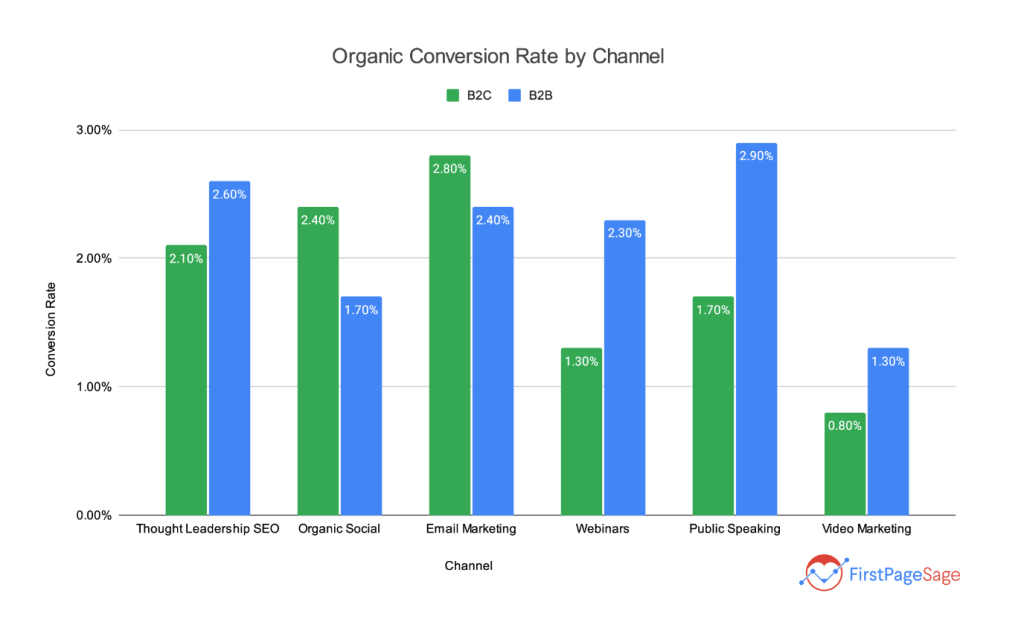
2. 40% of B2B marketers identify LinkedIn as the primary channel for generating top-tier leads
Marketers who prioritize LinkedIn in their lead generation strategies can benefit from its targeted audience, content opportunities, networking capabilities, and data-driven insights to drive meaningful results. Regularly engage with your connections by commenting on their posts, sharing valuable content, and sending personalized messages. Join LinkedIn groups relevant to your industry or target audience and actively participate in discussions.
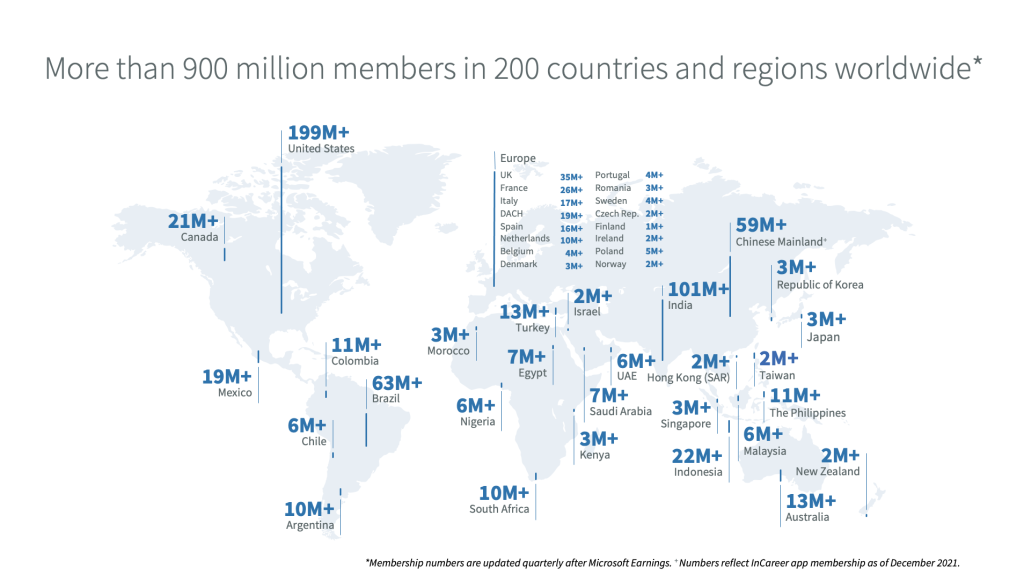
3. 84 days is the average B2B sales cycle period with a well-developed sales funnel
Understanding and leveraging this average timeframe can inform strategic decision-making, resource allocation, and the implementation of targeted sales and marketing tactics to ensure successful outcomes within the B2B landscape. Focus on prospects with genuine interest, budget, authority, and need (BANT criteria) to ensure you’re investing time and resources where they’re most likely to yield results.
(Source: Zipdo)
4. 75% of B2B customers favor a sales experience without the involvement of a representative
While self-service options are preferred by a majority, there’s still a significant segment of B2B customers who may value personalized interactions and guidance from sales representatives. Therefore, B2B companies should strive to strike a balance between self-service capabilities and personalized support to meet the diverse needs and preferences of their customer base.
(Source: Gartner)
5. 64% of all B2B buyers belong to the Millennial and Gen Z generations
Younger generations value authenticity and transparency in their interactions with brands. Be genuine in your communications, share behind-the-scenes content, and openly address challenges or issues to build trust and credibility. With the rise of Millennials and Gen Z entering decision-making roles within businesses, marketers can leverage digital channels, social media platforms, and personalized marketing tactics that align with their preferences and behaviors. Optimize your website, emails, and digital assets for mobile responsiveness and usability to provide a seamless experience across devices.
(Source: Digital Commerce 360)
6. 37% of digital buyers interacted with a supplier’s website before making a purchase
Having a well-designed and informative website influences B2B purchasing decisions. B2B marketers must prioritize website optimization and digital marketing strategies to effectively engage potential buyers and drive conversions. Ensure that your website offers a seamless and intuitive user experience by optimizing navigation, page load speed, and mobile responsiveness. Moreover, simplify the purchasing process and make it easy for visitors to find relevant information and products/services.
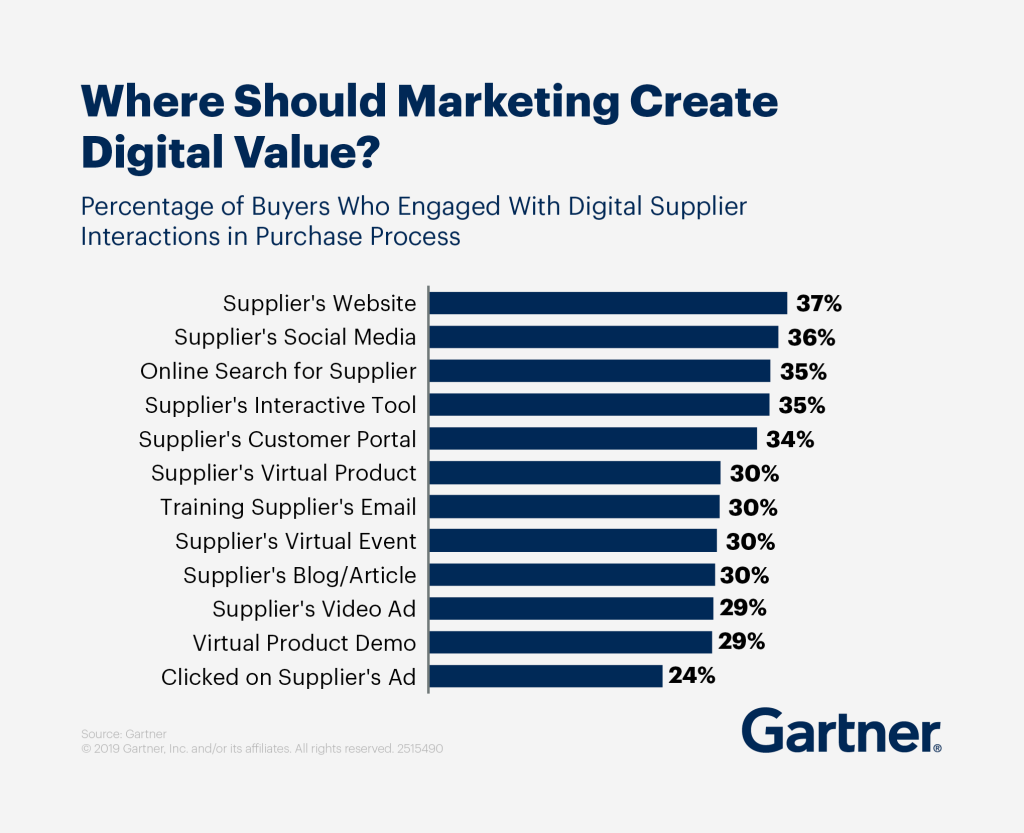
7. 97% of surveyed businesses reported achieving positive outcomes from their content marketing efforts
The high success rate suggests that content marketing continues to be a powerful tool for driving brand awareness, increasing website traffic, generating leads, and ultimately, contributing to business growth.
(Source: Semrush)
8. Organized marketers have 674% likelihood of success
B2B marketers should prioritize organization, streamline processes, and maintain clear objectives. Identify inefficiencies in your current processes and streamline workflows wherever possible. Use tools and technology to automate repetitive tasks, improve collaboration between team members, and ensure tasks are completed efficiently. Continuously monitor the progress of your marketing initiatives and regularly review performance metrics against your goals.
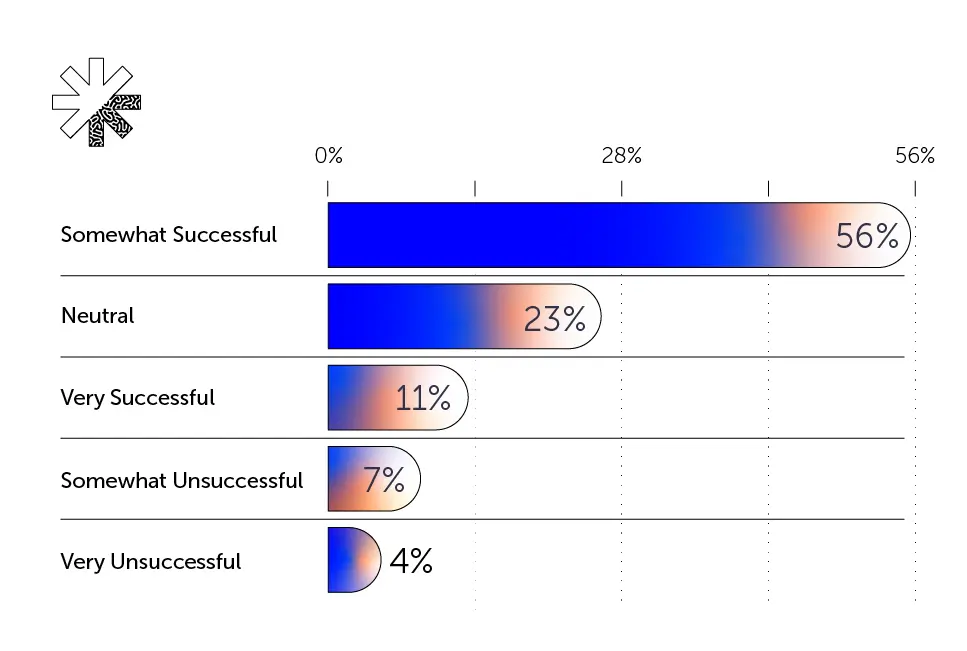
9. The global gamification market is projected to grow to USD123.87 billion by 2030
As I said before, gamification is the new diverse content in B2B marketing. It’s not surprising that businesses are increasingly recognizing the value of gamification in driving customer engagement, enhancing brand loyalty, and achieving business objectives. Create interactive content experiences, such as quizzes, assessments, or interactive infographics, that allow clients to actively engage with your brand and products/services while learning valuable insights.
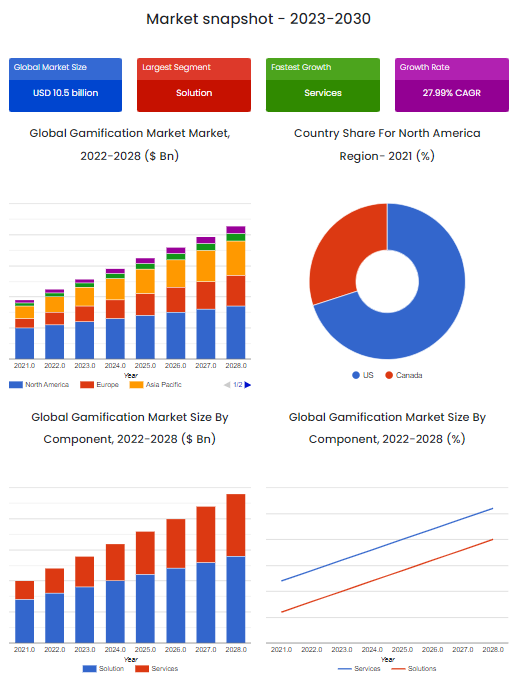
10. B2B marketing leaders allocate 20% of their marketing activity budget to demand-generation efforts
Demand generation is a holistic, comprehensive, and multi-faceted approach, which every B2B marketer can rely on to showcase their E-A-T or expertise, authority, and trustworthiness.
(Source: The Mx Group)
According to Thinklogic Media Group, intent-based methods generate genuine leads and media syndication is important to demand generation. You can also broaden your B2B customer reach and generate more leads by launching your microsite with a reputable online media publisher.
These are my personal takes on the latest industry trends in B2B marketing based on the statistics above. As a B2B marketer, do remember that changes happen from time to time and adaptability is the key to creating the best strategies to promote the B2B product or service you’re offering to your target audience.


















